At the Holcim Foundation Forum and its Grand Prizes, sustainability is both urgent and hopeful
The Holcim Foundation Forum just took place in Venice, culminating in the announcement of the organisation's Grand Prizes, the projects especially honoured among 20 previously announced winning designs
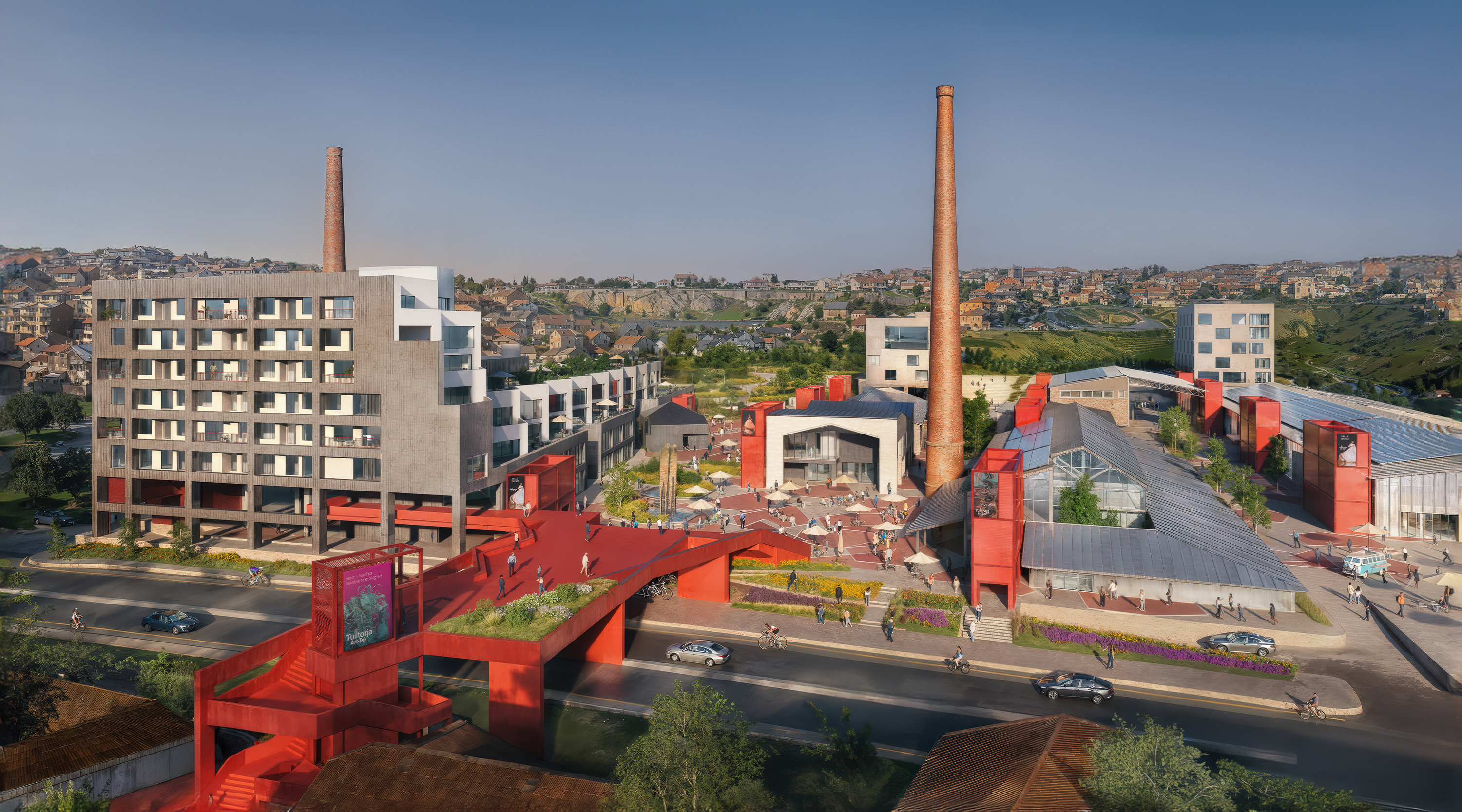
If numbers were enough to inspire action, perhaps the Holcim Foundation Forum wouldn't exist. The stats around climate change are compelling. At the triennial global summit organised by the Swiss organisation this week (the foundation is a non-profit, supported by the global sustainable architecture materials company Holcim), a slew of experts in the environmental realm, from climate scientists and policy makers to architects and engineers, presented studies and projects that hope to move the needle when it comes to sustainable action across the board. Their research is powerful and necessary, and it brings evidence to the table that feels hard to refute.
Yet, humanity is slow to catch on. The first mention of the greenhouse effect was in the mid-19th century by German geographer and naturalist Alexander von Humboldt, as climatologist Stefan Rahmstorf reminded us during his opening keynote speech. Still, currently, temperatures are rising so fast that the increase during the last 100 years almost beats that of the entire past millennium; extreme rainfall is experienced more often than ever in recorded memory; and the rise in sea level has been accelerating since the 1980s, an urgent and site-appropriate concern considering the Holcim Foundation Forum took place in Venice, the Italian city known for its vulnerability to changes in the water behaviour and ecosystems of its lagoon site.
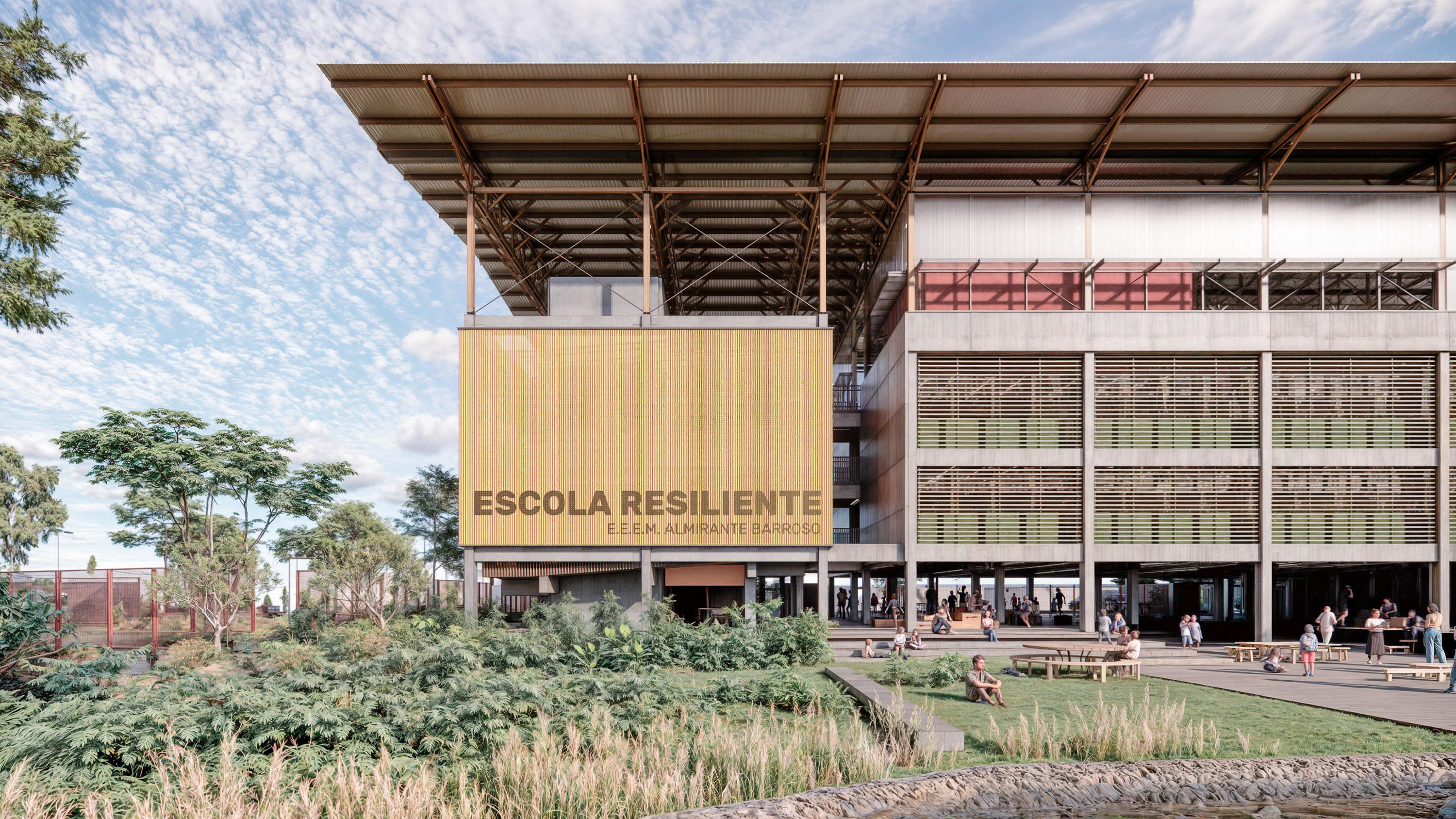
Grand Prize Latin America: Schools for Flood-Prone Areas – Andrade Morettin Arquitetos Associados, Sauermartins (Brazil)
The Holcim Foundation Forum, and its awards, explained
Taking place in Venice in mid-November, coinciding with the closing of the 2025 Venice Architecture Biennale, which tackles challenges in the same realm (curator Carlo Ratti recently discussed his takeaways with us), the Holcim Foundation Forum is a fascinating coming together. In its folds, some of the industry's brightest minds meet, exchange ideas and discuss the future of all things sustainable when it comes to buildings, cities and urban space. The event takes place every three years, culminating in the announcement of its Grand Prizes – five super-winners, one from each of five territories, chosen from the 20 projects honoured with the Holcim Foundation Awards 2025 last month.
The creatives and scientists taking part are acutely aware of the world's urgent need for action, yet complex global systems and slow take-up when it comes to change are not helping bring the necessary environmental transformations fast enough. Chicago architect Jeanne Gang, who served as jury chair for the awards' North America territory (other chairs included Sou Fujimoto, Kjetil Trædal Thorsen, Sandra Barclay, and Lina Ghotmeh), highlights how important awards like these are to the profession and global developments in eco-sensitive design, too: 'Sustainability is a passion of mine. In fact, I won a prize one time myself, very early in my career.' (Gang was awarded by the Holcim Foundation in 2011 for her Ford Calumet Environmental Center in Chicago.)
'The projects [that enter the awards] always have multiple solutions for sustainability, but it's more about how [the architects] make it into a story about the project that is interesting, instead of just saying, “we did this” and then going through some checklist. It is about making the project relevant. And of course, all these are real projects that are going to be built. An award like this helps maintain those sustainability features. It also acknowledges new blood, as many emerging studios enter too.'

Grand Prize Asia Pacific: Old Dhaka Central Jail Conservation – Form.3 Architects (Bangladesh)
The jurors look at a large variety of works across huge chunks of the world (territories judged are Europe, North America, Latin America, Asia Pacific, and the Middle East and Africa), comparing different scales and typologies and spotting innovation and new takes. Four key goals are highlighted: Healthy Planet, Thriving Communities, Uplifting Places, and Viable Economics. Was there an inspiring trend that jumped out to Gang in this judging cycle?
'Ten years ago, projects just had technical solutions to sustainability, like a building management system or photovoltaics, or air distribution. Now, these projects are much more connected to a bigger strategy, possibly because there's more of a focus on embodied energy, which means you have to think about where the materials come from,' she says. 'Also, they reached out to their communities, they connect to their sites and people. They link up to bigger systems; they are more holistic. It feels like a good place to be.'
Receive our daily digest of inspiration, escapism and design stories from around the world direct to your inbox.
Awards do make a difference, Gang stresses. 'It is really important for people to see the proof of the concept. I recently just finished the Harvard Tree House, and it's just this glimpse into the future of how you do a totally mass timber project in an institutional setting. It's so important to have this demonstration, and then the next project is that much easier, and then it gets easier and easier.'

One of the five Middle East and Africa region winners, Brookside Secondary School by Studio Contra
20 Holcim Foundation Awards for 2025
The Holcim Foundation Awards 2025 (we previously spoke to Asia Pacific jury chair Sou Fujimoto about the event's process and meaning) picked 20 winners from a truly diverse list. One winner, however, works particularly hard at inspiring change at multiple levels. Nigeria's Studio Contra was honoured for its Brookside Secondary School, an education project for students who board. It's for a private client, but a true passion project, explains practice co-founder Jeffrey Adjei.
Made out of clay bricks in a truly all-encompassing way (the same material in walls, floors and ceilings), the project becomes a showcase for building with brick, aiming to inspire and move construction fashions away from the region's current, environmentally heavier go-to, concrete. At the same time, by training builders and craftspeople to work with clay brick, the architects hope to bring new skills to the region – while showing the project's young users that beautiful and innovative things can also happen in their own country, instead of pushing them to look abroad for their future.
'For us, it's resuscitating a skill that's almost dying out in Nigeria,' Adjei says. 'It is a legacy project that we are using as a catalyst to bring back brick-making to this particular community. It is about sustainability in the broader sense.' The award comes at a critical stage, as works are about to commence, and such a recognition helps highlight the project's soul and global importance.
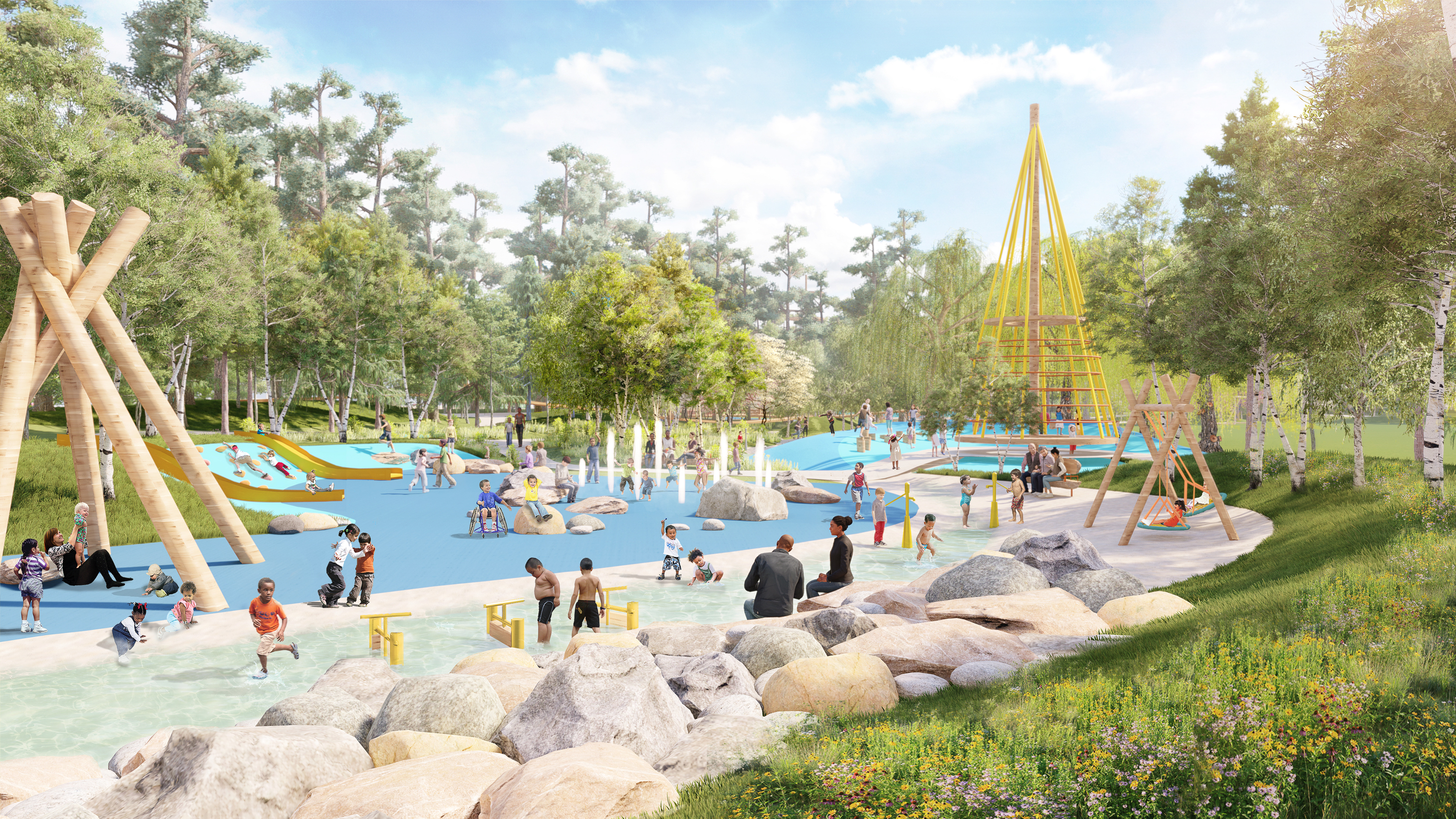
Grand Prize North America: Moakley Park – Stoss Landscape Urbanism (USA)
Holcim Foundation Grand Prizes – meet the 5 super-winners
- Asia Pacific: Old Dhaka Central Jail Conservation – Form.3 Architects (Bangladesh)
- Europe: Art-Tek Tulltorja – Rafi Segal A+U, Office of Urban Drafters, Org Permanent Modernity, Studio Rev (Kosovo)
- Latin America: Schools for Flood-Prone Areas – Andrade Morettin Arquitetos Associados, Sauermartins (Brazil)
- Middle East & Africa: Qalandiya: the Green Historic Maze – Riwaq – Centre for Architectural Conservation (Palestinian Territories)
- North America: Moakley Park – Soss Landscape Urbanism (USA)
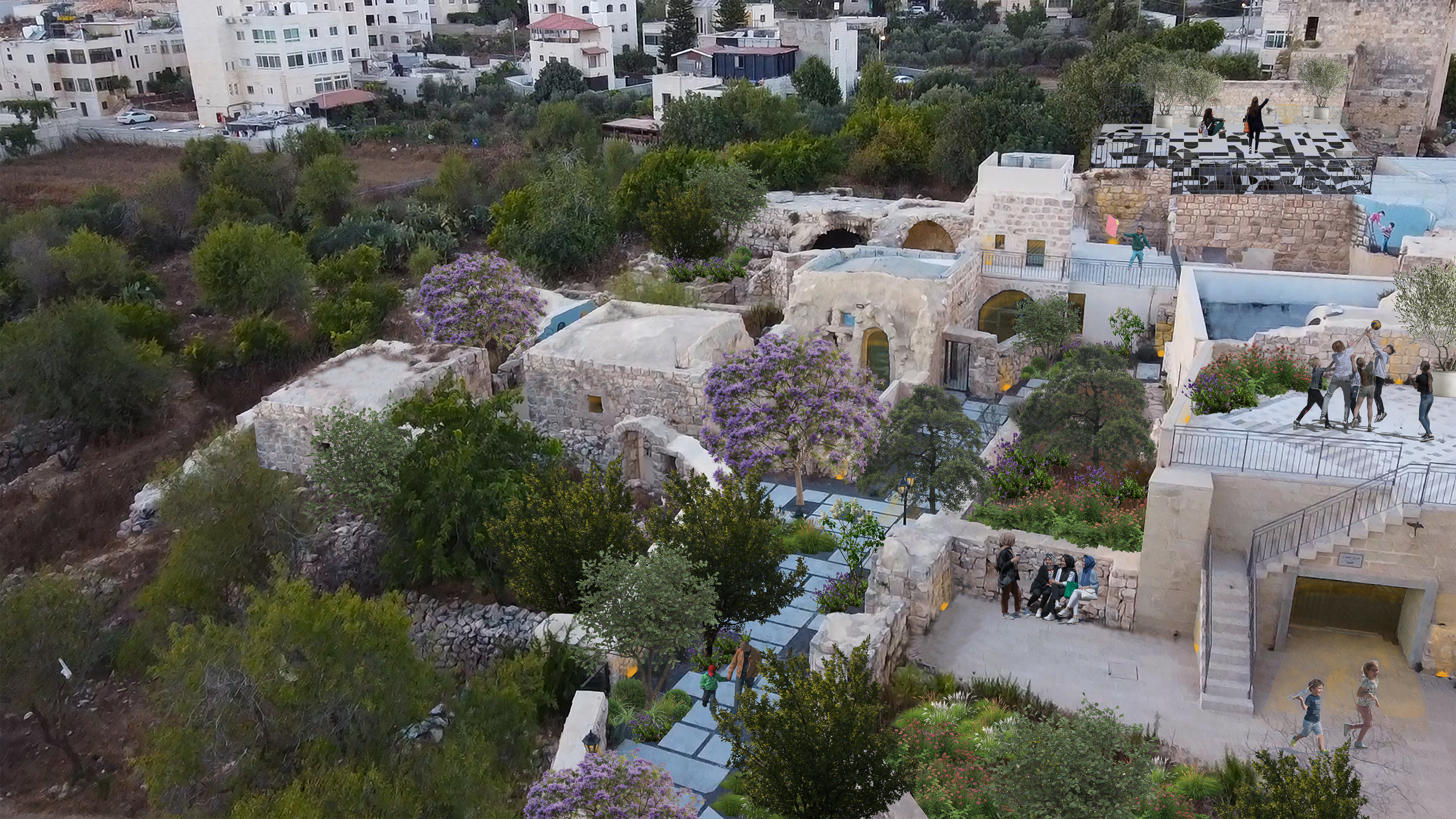
Grand Prize Middle East & Africa: Qalandiya: the Green Historic Maze – Riwaq – Centre for Architectural Conservation (Palestinian Territories)
Rafi Segal's post-conflict urban revival project in Kosovo's Pristina, an industrial space turned cultural and entrepreneurial hub, was among the Grand Prizes this year. Set in an old brick factory, Art-Tek Tulltorja has the potential to become a true catalyst for urban change, the European jury highlighted. It also fully responds to the brief for sustainable change and imaginative approaches, the Holcim Foundation flagged.
'This year’s Grand Prize winners turn constraint into capability,' explained Laura Viscovich, executive director at the foundation, who hosted the Venice events. 'They reuse, regenerate, and invite people in, showcasing resourceful design solutions that city planners and local communities alike can adopt for a better tomorrow.'
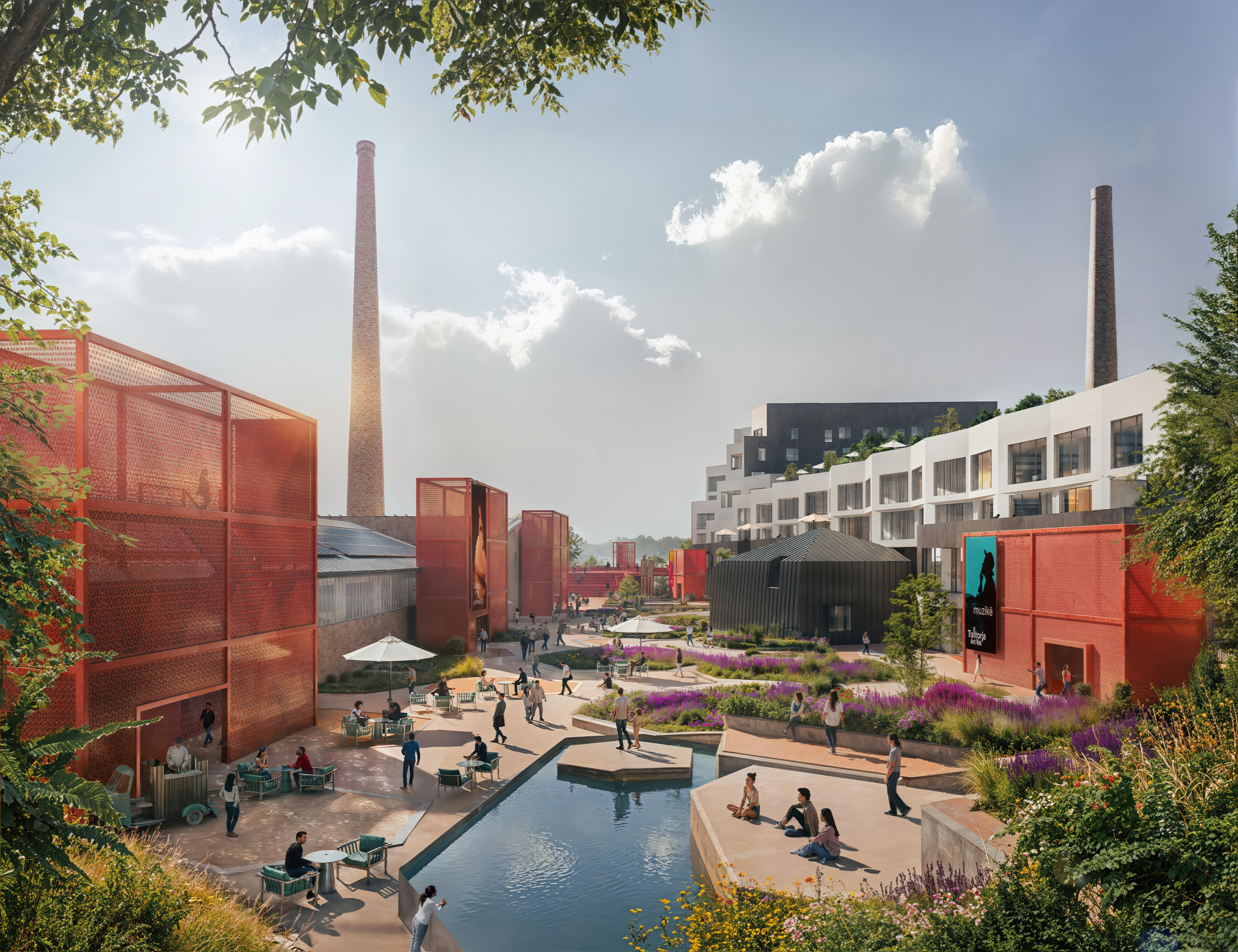
Grand Prize Europe: Art-Tek Tulltorja – Rafi Segal A+U, Office of Urban Drafters, Org Permanent Modernity, Studio Rev (Kosovo)
Segal highlights the dramatic positive change his design aims to bring to Pristina and its young population. 'It is a city-funded project, and it will include art spaces, galleries, dance centres, community centres, adult education and start-ups. Part of the project is also stabilising the land, creating green space for the neighbourhood. It is meant to be porous, a community part that ties back into the city centre through a set of pedestrian connections.
'Kosovo is a very young country, in terms of age, but also in population. Fifty-one per cent are under 26 years old. We want them to stay in the country, be encouraged and give them a place to work, be inspired, that can lead somewhere.'
Ellie Stathaki is the Architecture & Environment Director at Wallpaper*. She trained as an architect at the Aristotle University of Thessaloniki in Greece and studied architectural history at the Bartlett in London. Now an established journalist, she has been a member of the Wallpaper* team since 2006, visiting buildings across the globe and interviewing leading architects such as Tadao Ando and Rem Koolhaas. Ellie has also taken part in judging panels, moderated events, curated shows and contributed in books, such as The Contemporary House (Thames & Hudson, 2018), Glenn Sestig Architecture Diary (2020) and House London (2022).
-
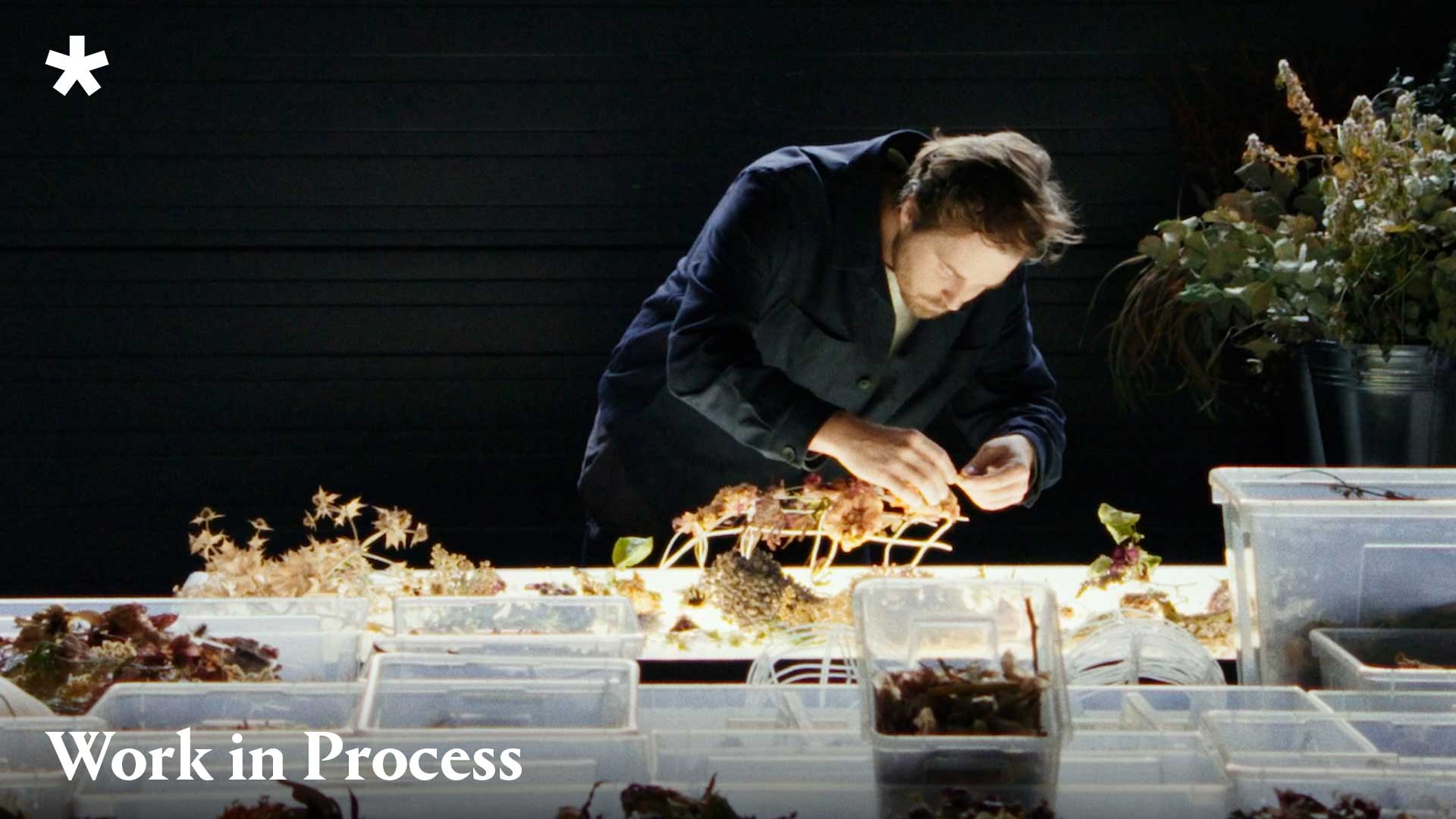 Work in Process, episode three: in the studio with botanical designer-artist Marcin Rusak
Work in Process, episode three: in the studio with botanical designer-artist Marcin RusakIn this video series, Wallpaper* discovers the processes by which creative visionaries bring their work to life. Here, we head to the outskirts of Warsaw, where Rusak turns plant matter into stunning designs
-
 In A Coruña, a new exhibition celebrates the ‘grandeur and beauty’ of Annie Leibovitz’s photography
In A Coruña, a new exhibition celebrates the ‘grandeur and beauty’ of Annie Leibovitz’s photographyHosted by the Marta Ortega Pérez (MOP) Foundation, ‘Wonderland’ traverses the American photographer’s extraordinary oeuvre, from her raw early work for Rolling Stone towards her fantastical fashion photography – much of which has not been previously on display
-
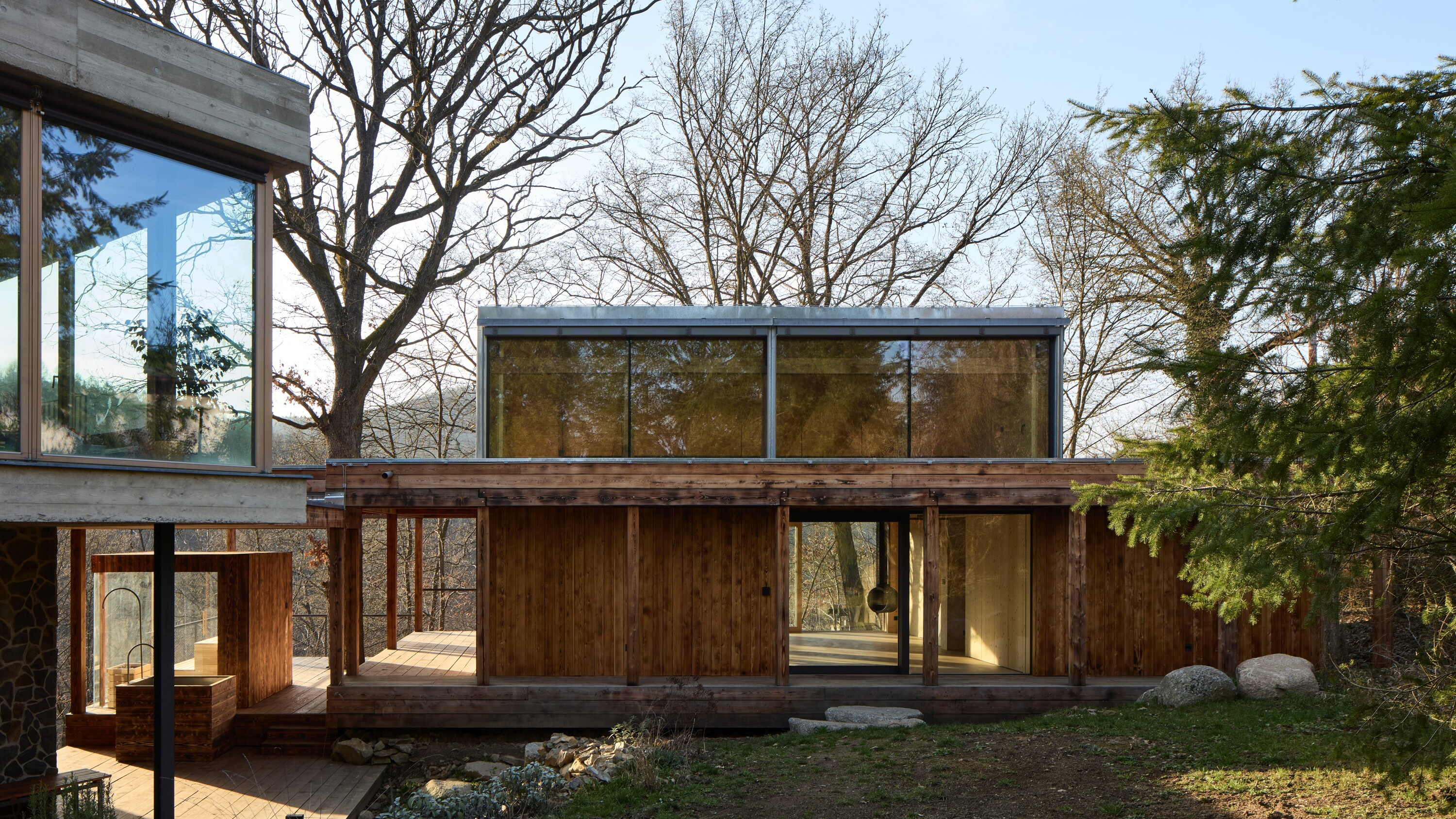 A new timber studio in the Czech Republic is carefully integrated into its hillside site
A new timber studio in the Czech Republic is carefully integrated into its hillside sitePäivä Architekti’s Czech Studio Above the Golden Canyon takes advantage of impressive views
-
 Carlo Ratti reflects on his bold Venice Architecture Biennale as it closes this weekend
Carlo Ratti reflects on his bold Venice Architecture Biennale as it closes this weekendThe Venice Architecture Biennale opens with excitement and fanfare every two years; as the 2025 edition draws to a close, we take stock with its curator Carlo Ratti and ask him, what next?
-
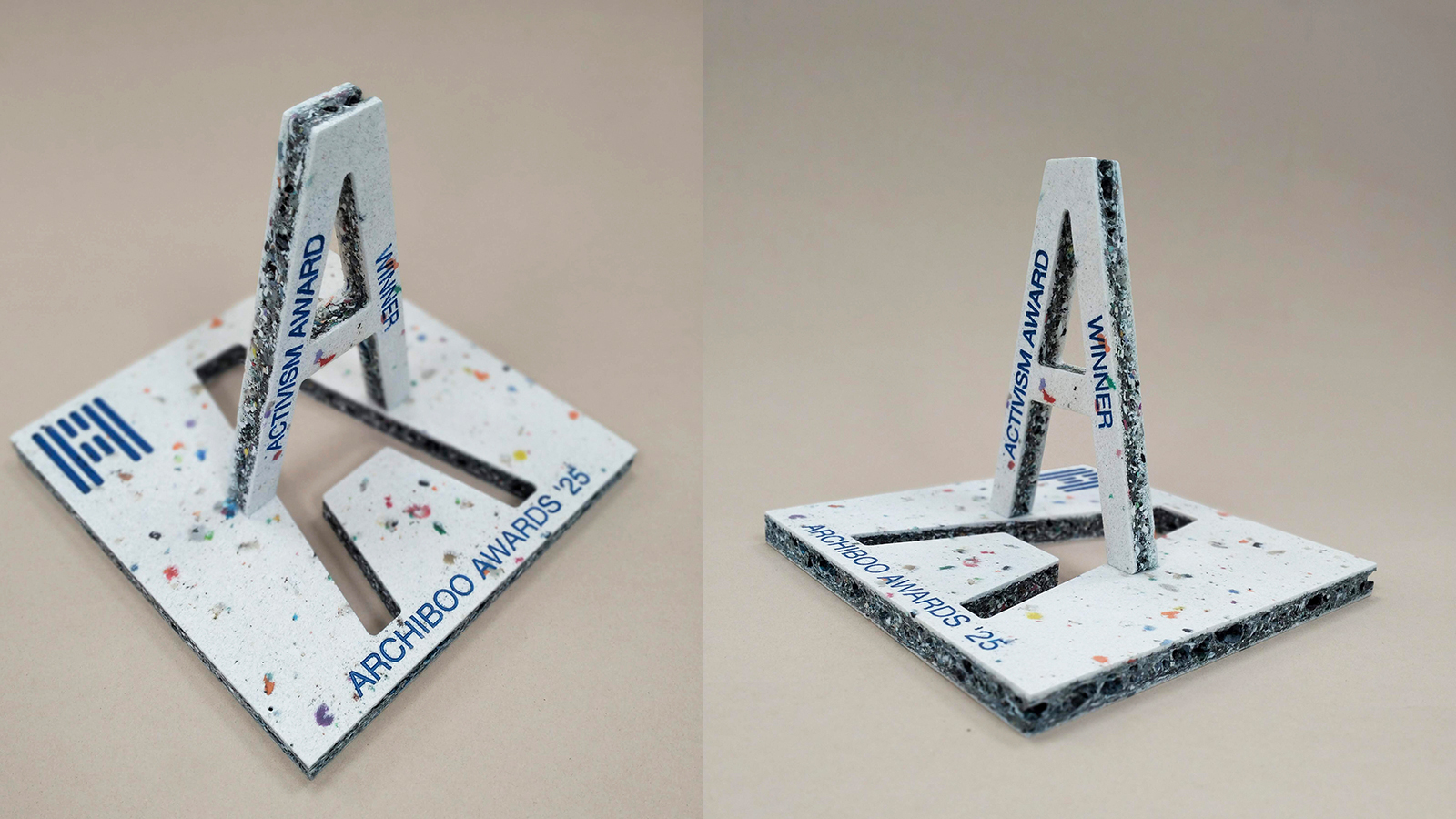 Archiboo Awards 2025 revealed, including prizes for architecture activism and use of AI
Archiboo Awards 2025 revealed, including prizes for architecture activism and use of AIArchiboo Awards 2025 are announced, highlighting Narrative Practice as winners of the Activism in architecture category this year, among several other accolades
-
 RIBA launches new awards – and for the first winners, we look to the Middle East
RIBA launches new awards – and for the first winners, we look to the Middle EastThe RIBA Middle East Award winners are announced today. The first of the organisation's two new territory awards series honours a women-only mosque, a luxury hotel, a city park and more
-
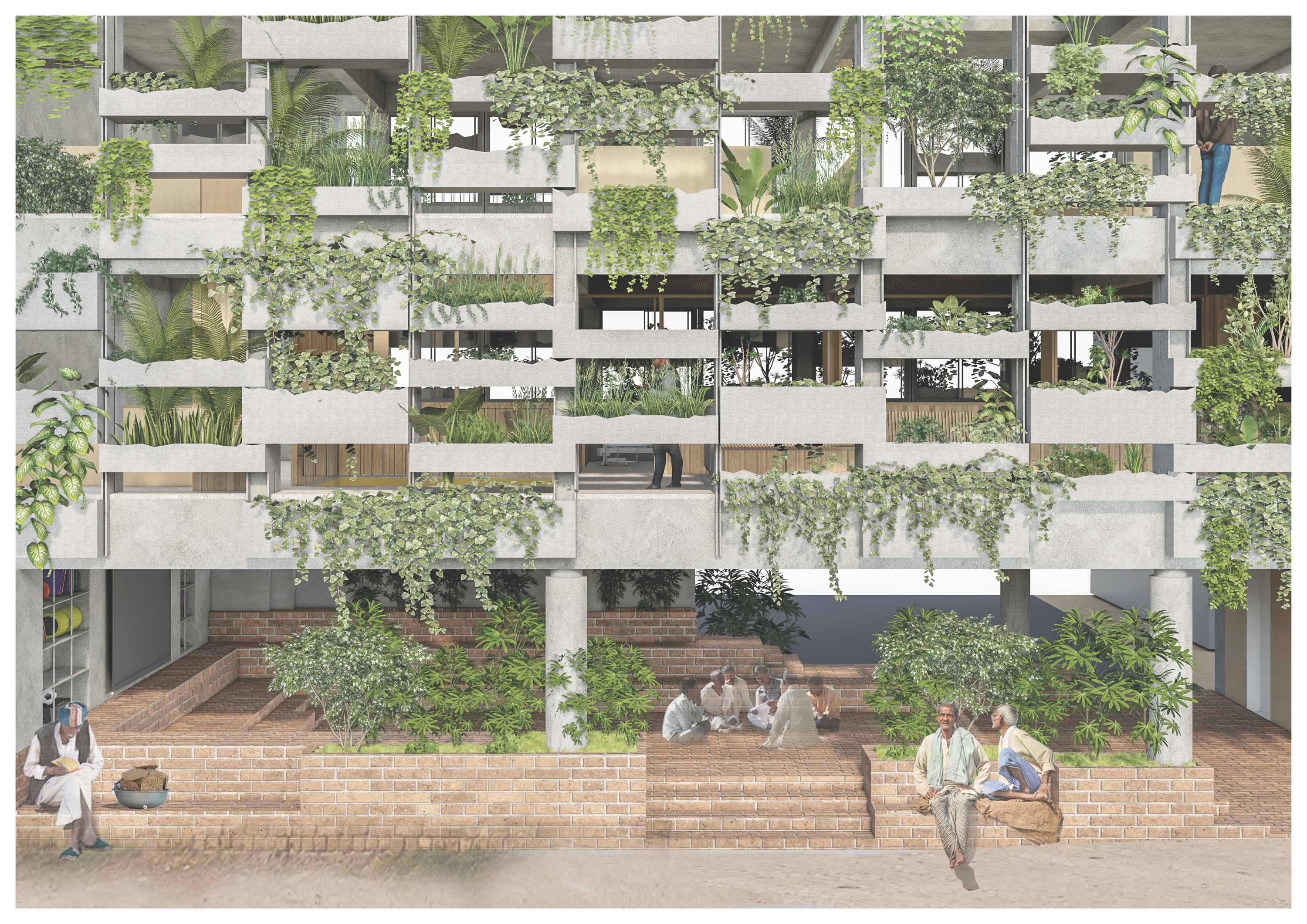 Holcim Foundation Awards celebrate sustainability with 20 winners; Sou Fujimoto explains all
Holcim Foundation Awards celebrate sustainability with 20 winners; Sou Fujimoto explains allThe 2025 Holcim Foundation Awards have just been announced, crowning 20 projects from across the globe as the most inspirational schemes in the field of sustainable architecture; we caught up with Asia Pacific jury chair Sou Fujimoto to find out more
-
 Step inside Casa Moncler, the brand’s sustainable and highly creative Milanese HQ
Step inside Casa Moncler, the brand’s sustainable and highly creative Milanese HQCasa Moncler opens its doors in a masterfully reimagined Milanese industrial site, blending modern minimalism and heritage, courtesy of ACPV Architects Antonio Citterio Patricia Viel
-
 Aldo Frattini Bivouac is a mountain shelter, but not as you know it
Aldo Frattini Bivouac is a mountain shelter, but not as you know itA new mountain shelter on the northern Italian pre-Alp region of Val Seriana, Aldo Frattini Bivouac is an experimental and aesthetically rich, compact piece of architecture
-
 RIBA Stirling Prize 2025 winner is ‘a radical reimagining of later living’
RIBA Stirling Prize 2025 winner is ‘a radical reimagining of later living’Appleby Blue Almshouse wins the RIBA Stirling Prize 2025, crowning the social housing complex for over-65s by Witherford Watson Mann Architects, the best building of the year
-
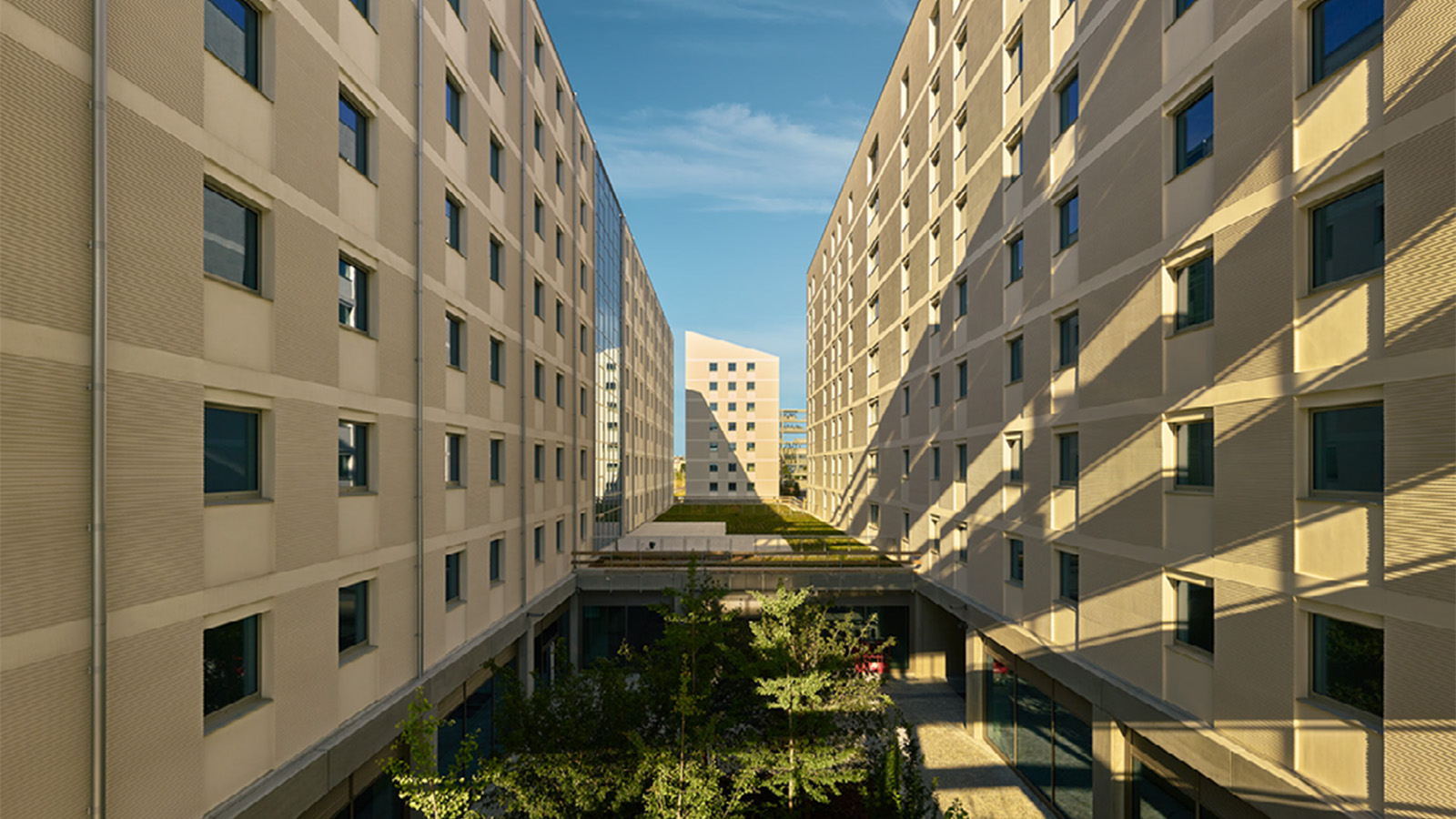 The 2026 Winter Olympics Village is complete. Take a look inside
The 2026 Winter Olympics Village is complete. Take a look insideAhead of the 2026 Winter Olympics, taking place in Milan in February, the new Olympic Village Plaza is set to be a bustling community hub, designed by Skidmore, Owings & Merrill